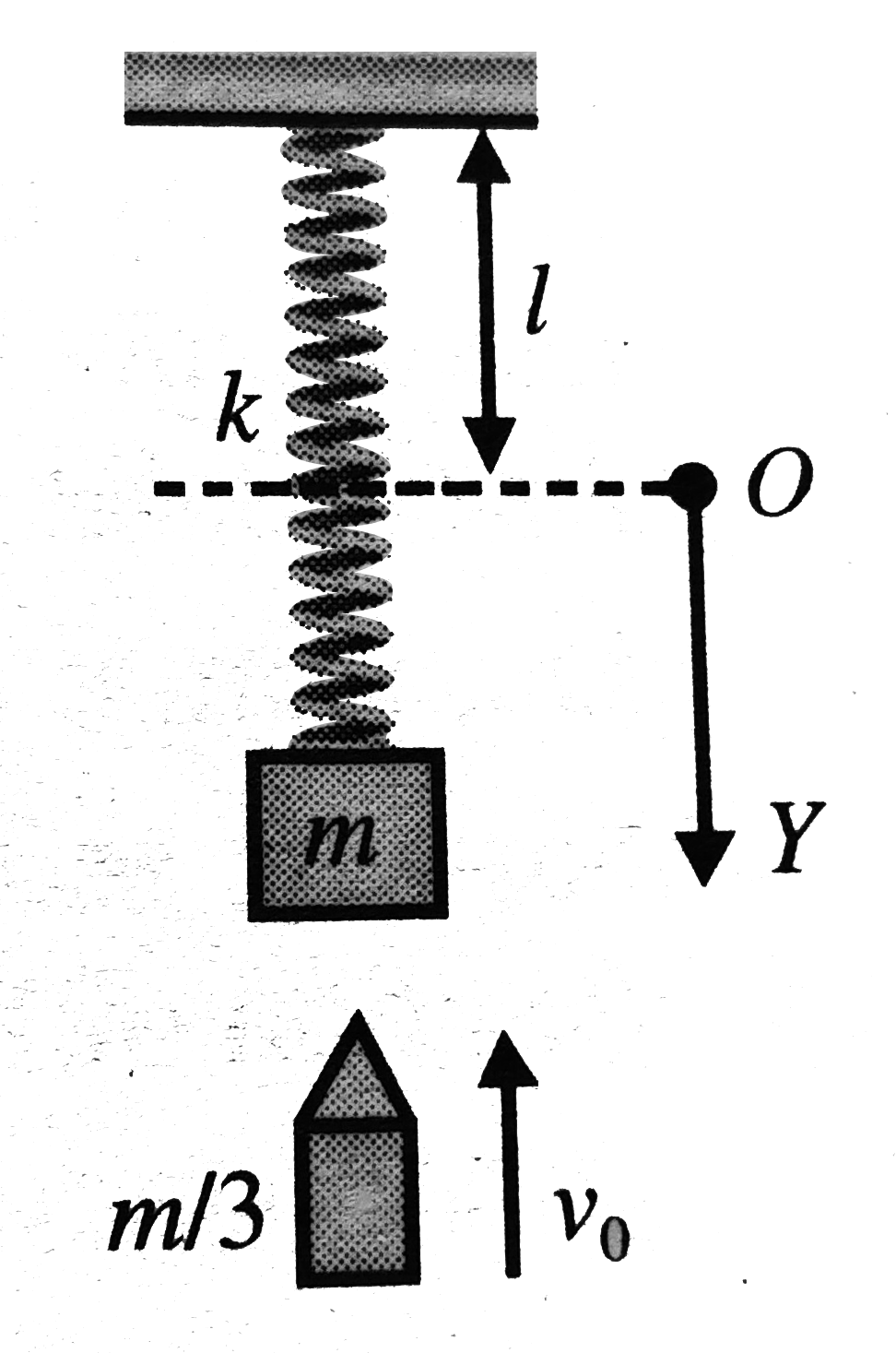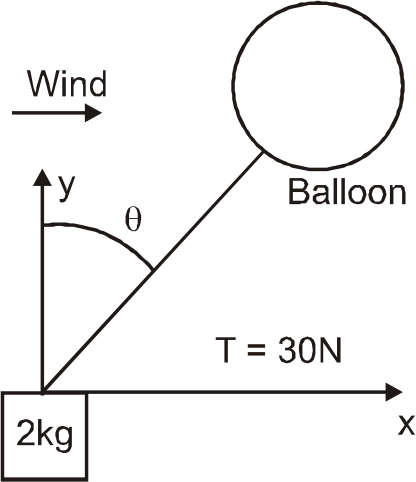A ballon has 2 g of air . A small hole is pierced into it . The air comes out with relative velocity 4 m/s . If the balloon shrinks completely in 2.5 s , the average force acting on the balloon is
2 dyne
50 dyne
8 dyne
8 N
The correct Answer is:C
Step by step video & image solution for A ballon has 2 g of air . A small hole is pierced into it . The air comes out with relative velocity 4 m/s . If the balloon shrinks completely in 2.5 s , the average force acting on the balloon is by Physics experts to help you in doubts & scoring excellent marks in Class 12 exams.
Updated on:21/07/2023Topper's Solved these Questions
- LAWS OF MOTIONBOOK - AAKASH SERIESCHAPTER - LAWS OF MOTIONEXERCISE - EXERCISE - II
136 Videos
- GEOMETRICAL OPTICSBOOK - AAKASH SERIESCHAPTER - GEOMETRICAL OPTICSEXERCISE - ADDITIONAL PRACTICE EXERCISE (LEVEL-II PRACTICE SHEET (ADVANCED) INTEGER TYPE QUESTIONS)
10 Videos
- LOGIC GATESBOOK - AAKASH SERIESCHAPTER - LOGIC GATESEXERCISE - Exercise (Very Short Answer)
10 Videos
Similar Questions
A balloon os mass 2 KG is rising up with an acceleration of 4ms2 . The upward force acting on the balloon is (g = 10 ms^-2)
View Solution
A block of mass m is suspended from one end of a light spring as shown. The origin O is considered at distance equal to natural length of the spring from the ceiling and vertical downwards direction as positive y-axis. When the system is in equilibrium a bullet of mass m3 moving in vertical up wards direction with velocity v0 strikes the block and embeds into it. As a result, the block (with bullet embedded into it) moves up and start oscillating. Based on the given information, answer the following question:
Q. The time taken by the block bullet system to move from y=mgk (initial equilibrium position) to y=0 (natural length of spring) is (A represents the amplitude of motion)
View Solution
Knowledge Check
A particle moves in the direction of east for 2s with velocity of 15m/s .Then it moves towards north for 8s with a velocity of 5m/s . The average velocity of the particle is (in m/s)
A1 m/sB5 m/sC7 m/sD10 m/s
A body is projected into air with a velocity (3i + 4j + 5k)m/s. Taking x-y plane as base and Z axis as vertical, the range of projectile (g =10m/s2)
View SolutionA balloon having mass 'm' is filled with gas and is held in hands of a boy. Then suddenly it gets released and gas starts coming out of it with a constant rate. The velocity of the ejected gas is 2m/s with respect to the balloon. Find out the velocity of the balloon when the mass of gas is reduced to half :-
View SolutionA balloon containing 1 mole air at 1 atm initially is filled further with air till pressure increases to 4 atm. The intial diameter of the ballon is 1 m and the pressure at each stage is proportional to diameter of the balloon. How many moles of air added to change the pressure from 1 atm to 4 atm.
View SolutionThe force of buoyancy exerted by the atmosphere on a balloon is B in the upward direction and remains constant. The force of air resistance on the balloon acts opposite to the direction of velocity and is proportional to it. The balloon carries a mass M and is found to fall down near the earth's surface with a constant velocity v. How uch mass hsould be removed from teh balloon so that it may rise with a constant velocity v?
View SolutionA balloon is tied to a block. The mass of the block is 2kg. The tension of the string between the balloon and the block is 30N. Due to the wind, the string has an angle 0 relative to the vertical direction. cosθ=4/5and sinθ=3/5. Assume the acceleration due to gravity is g=10m/s2. Also assume the block is small so the force on the block from the wind can be ignored. Then the x-component and the y-component of the acceleration a of the block.

View SolutionA balloon is tied to a block. The mass of the block is 2kg. The tension of the string between the balloon and the block is 30N. Due to the wind, the string has an angle 0 relative to the vertical direction. cosθ=4/5and sinθ=3/5. Assume the acceleration due to gravity is g=10m/s2. Also assume the block is small so the force on the block from the wind can be ignored. Then the x-component and the y-component of the acceleration a of the block.

View SolutionA balloon is going upwards with a constant velocity 15m/s. When the ballooon is at 50 m height, a stone is dropped outside from the balloon. How long will stone take to reach at the ground? (take g=10m/s2)
View Solution
